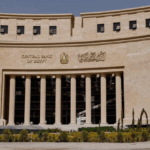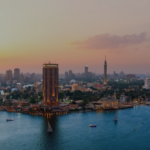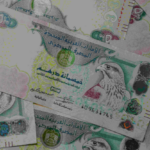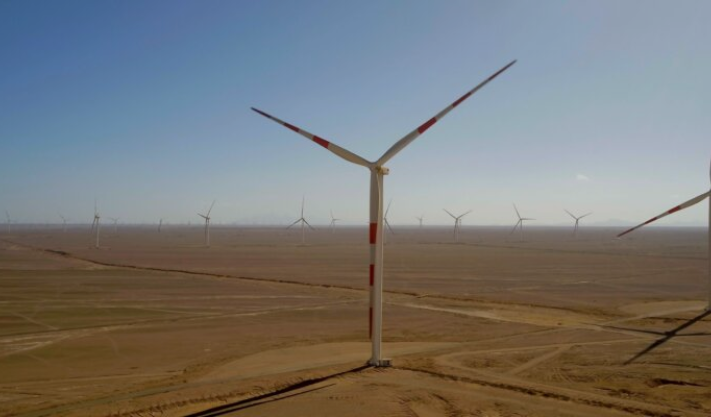
Economies After Conflict: What Happens in 2025 and Later
As these Arab countries deal with the effects of past conflicts, let’s look at what might happen in 2025 and the years after, as they go through times of change.
Syria
Syria has faced a 14-year conflict, which caused its economy to shrink by 64% from 2011 to 2024. The future of Syria’s economy is still unclear, according to ESCWA. In the best case, the economy (real GDP) could grow by 30% in 2025 and 21% in 2026. This growth would come from rebuilding after the war, new investments, more spending by people, lifting of economic sanctions, and refugees returning home.
With Ahmad al-Sharaa chosen as the temporary president and the U.S. easing some sanctions in January 2025, Syria’s chances are looking better. By February 10, 2025, the Syrian Pound had regained 3% of its value against the U.S. dollar, compared to December 2024. Government income is expected to grow from 2.8% of GDP in 2025 to 3.9% by 2030, according to ESCWA.
Libya
Libya has also suffered from conflict since Gaddafi’s 42-year rule ended. Its economy shrank by an average of 3.3% each year from 2011 to 2023, says the World Bank. In the first 10 months of 2024, Libya’s oil production dropped by 8.5%. This happened mostly because of a power struggle over who controls the Central Bank of Libya. The issue was resolved after the UN helped mediate, leading to the appointment of new bank leaders in late September 2024.
Oil production is very important for Libya’s economy, government income, and exports. In 2024, the country produced about 1.1 million barrels of oil per day (mbpd). Production is expected to increase a little in 2025 and 2026 to 1.2 and 1.3 mbpd. This growth should help the economy recover, with GDP rising by 9.6% in 2025 and 8.4% in 2026, after falling by 2.7% in 2024. Even though Libya has 41% of Africa’s proven oil reserves (as of early 2024, according to the EIA), its non-oil economy is also expected to grow strongly by 11.1% in 2025, compared to 1.8% growth in 2024.
Lebanon
Lebanon’s economic problems have gotten worse. The country’s economy shrank by 0.4% in 2024 and is expected to shrink again by 0.2% in 2025, says the UN. However, inflation is going down. After reaching a very high 221.3% in 2023, it dropped to 67.4% in 2024 and is expected to fall further to 41.3% in 2025.
In January 2025, the Lebanese Parliament chose army commander Joseph Aoun to be the new President and formed a new government. This ended more than two years without a president and marked an important political change for the country. According to the IMF’s report from October 2024, Lebanon’s debt is expected to go down in 2025 to 190.5% of its GDP, compared to 191.2% in 2024. The report also says the country’s income from taxes and other sources might rise to 13.6% of GDP this year, up from about 11.3% last year.
Published: 24th March 2025
For more article like this please follow our social media Facebook, Linkedin & Instagram
Also Read:
Dubai Real Estate Prices Continue Upward Trend in 2025
Dubai Financial Market Sees Surge in IPO Listings
ADQ & ECP Launch $25B Energy Facilities Project in US


















